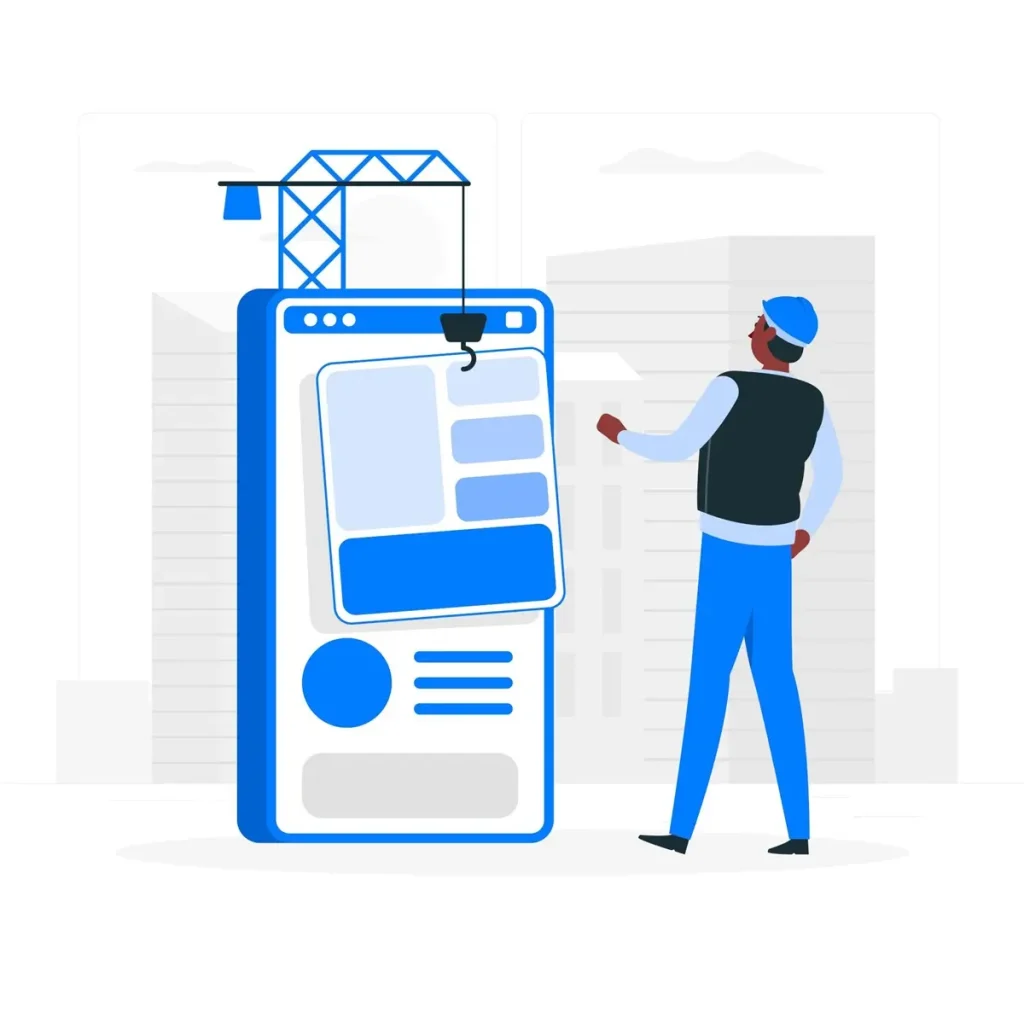
Creating a survey that yields valuable insights starts with crafting effective questions. Categorical survey questions, which require respondents to select from predefined options, are particularly useful for gathering quantifiable data.
However, designing these questions requires careful consideration to ensure clarity, relevance, and ease of response. In this blog, we’ll explore the key elements of effective categorical survey questions and provide tips to help you design surveys that produce meaningful results.
Understanding Categorical Survey Questions
What Are Categorical Survey Questions?
Categorical survey questions ask respondents to choose from a set of predefined categories or options. These questions can be multiple-choice, checkbox, or drop-down menu types. They are particularly useful for collecting demographic data, preferences, behaviors, and opinions in a structured format.
Types of Categorical Survey Questions
Nominal Questions: These questions categorize responses without implying any order. Examples include gender, ethnicity, and favorite color.
Ordinal Questions: These questions categorize responses with a specific order or ranking. Examples include satisfaction levels (e.g., very satisfied, satisfied, neutral, dissatisfied, very dissatisfied) and frequency of actions (e.g., never, rarely, sometimes, often, always).
Key Elements of Effective Categorical Survey Questions
Clarity and Simplicity
Use Clear and Simple Language
Ensure your questions are easy to understand. Avoid jargon, technical terms, or complex language. The goal is for respondents to immediately grasp what you’re asking without confusion.
Be Specific
Vague questions lead to ambiguous answers. Be as specific as possible in your wording. For example, instead of asking, “How often do you exercise?” ask, “How many days per week do you engage in physical exercise?”
Relevance and Focus
Keep It Relevant
Each question should serve a clear purpose and align with your survey’s objectives. Irrelevant questions can frustrate respondents and dilute the quality of your data.
Avoid Double-Barreled Questions
Double-barreled questions ask about two things at once, making it hard for respondents to answer accurately. For instance, avoid questions like, “How satisfied are you with our product’s quality and customer service?” Instead, split it into two separate questions.
Balanced and Comprehensive Options
Provide Balanced Choices
Offer a balanced range of options that cover all possible responses. Avoid leading questions that might bias the results. For instance, if asking about political preferences, include all relevant options rather than just a few.
Include an “Other” Option
Sometimes, respondents may not find a suitable answer among the provided choices. Including an “Other” option with a text box allows them to specify their unique response.
Tips for Crafting Effective Questions
Pilot Test Your Survey
Before distributing your survey widely, conduct a pilot test with a small group. This helps identify any confusing or ambiguous questions and allows you to make necessary adjustments.
Use Neutral Language
Neutral language avoids leading respondents toward a particular answer. For example, instead of asking, “How much do you love our product?” ask, “How satisfied are you with our product?”
Ensure Mutually Exclusive Options
Ensure that response options do not overlap, which can confuse respondents and lead to inaccurate data. For example, if asking about age, structure the options as 18-24, 25-34, 35-44, etc., without overlap.
Consider the Order of Questions
The order of questions can influence responses. Start with easier, more engaging questions to draw respondents in, and place more sensitive or difficult questions later in the survey.
Keep It Short and Focused
Long surveys can lead to respondent fatigue, resulting in incomplete or rushed answers. Keep your survey as short as possible while still collecting the necessary data.
Participate in the Coca Cola Survey: Your Opinion Counts!
Overcoming Challenges: Why Surveys Tend to Suffer from Low Response Rates
Examples of Well-Designed Categorical Questions
Example 1: Nominal Question
What is your preferred mode of transportation?
Car
Bus
Bicycle
Walking
Other (please specify): _______________
Example 2: Ordinal Question
How often do you use public transportation?
Never
Rarely
Sometimes
Often
Always
Example 3: Demographic Question
What is your age group?
18-24
25-34
35-44
45-54
55-64
65 and above
Conclusion
Crafting effective categorical survey questions is crucial for gathering accurate and actionable data. By focusing on clarity, relevance, and balance, you can design questions that are easy for respondents to understand and answer.
Remember to pilot test your survey, use neutral language, and keep your survey short and focused. With these tips, you’ll be well on your way to creating surveys that provide meaningful insights and drive informed decisions.




